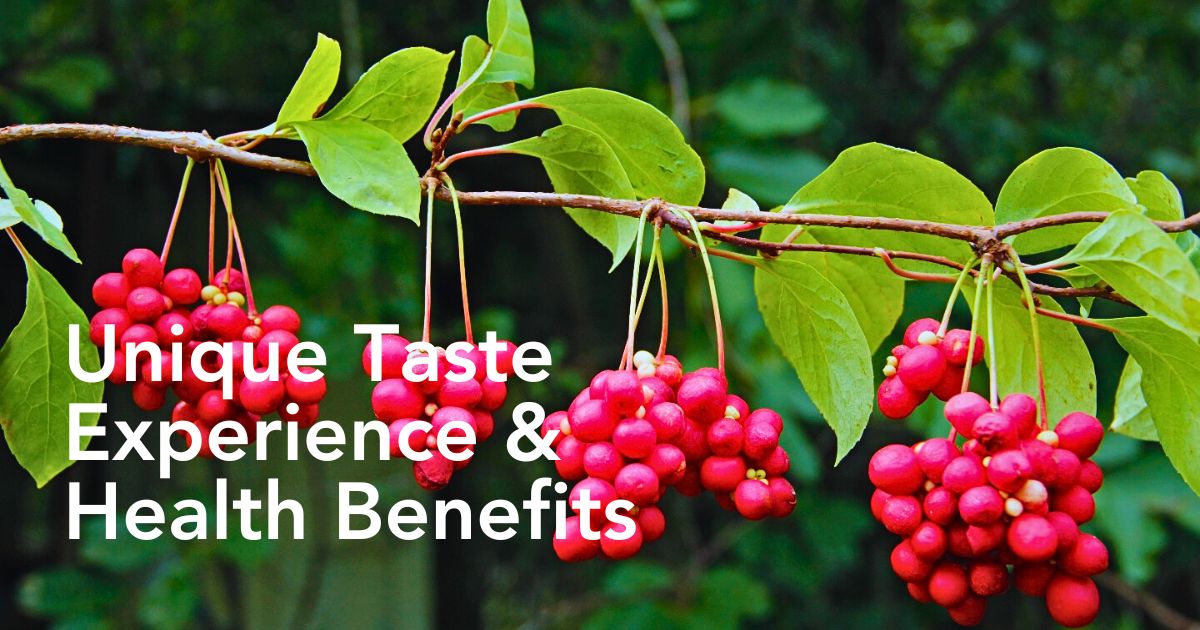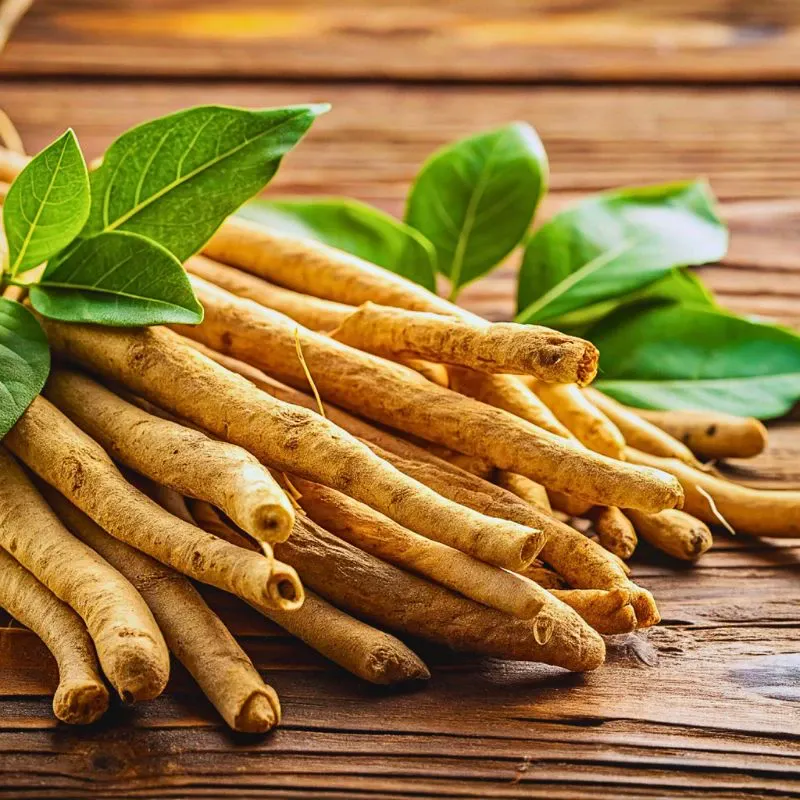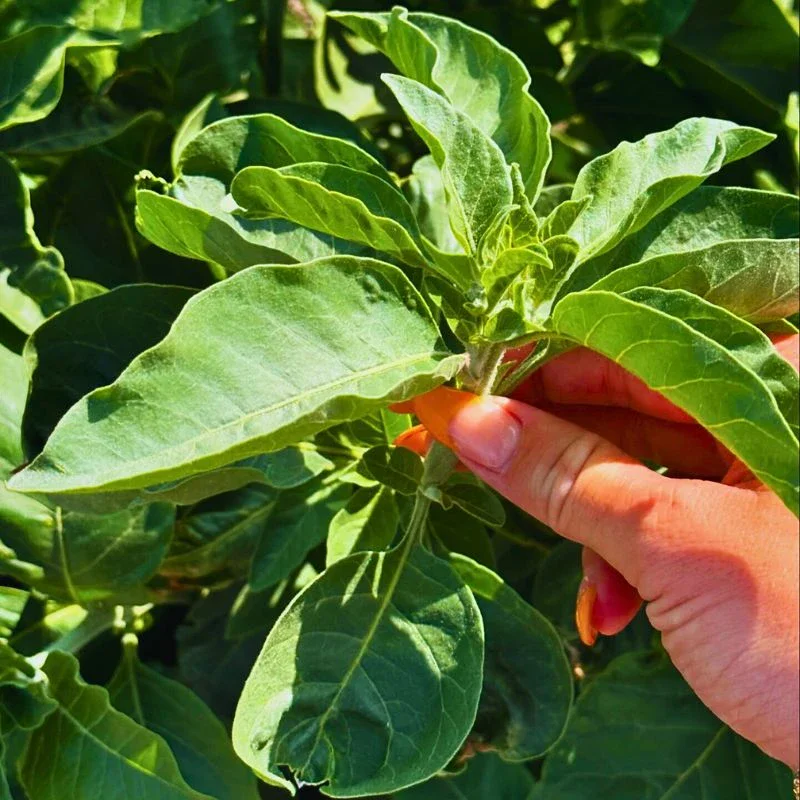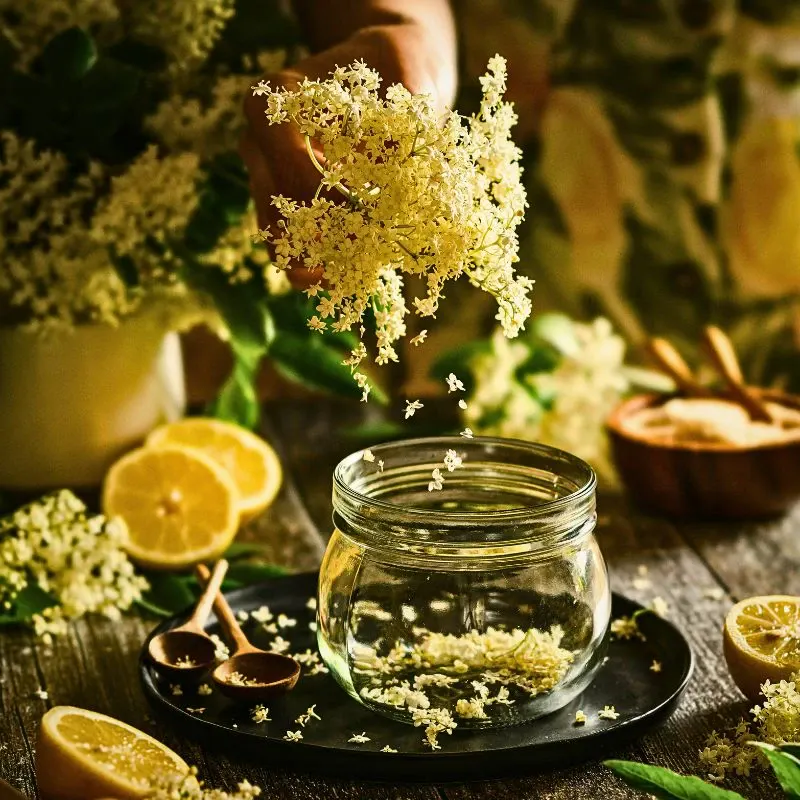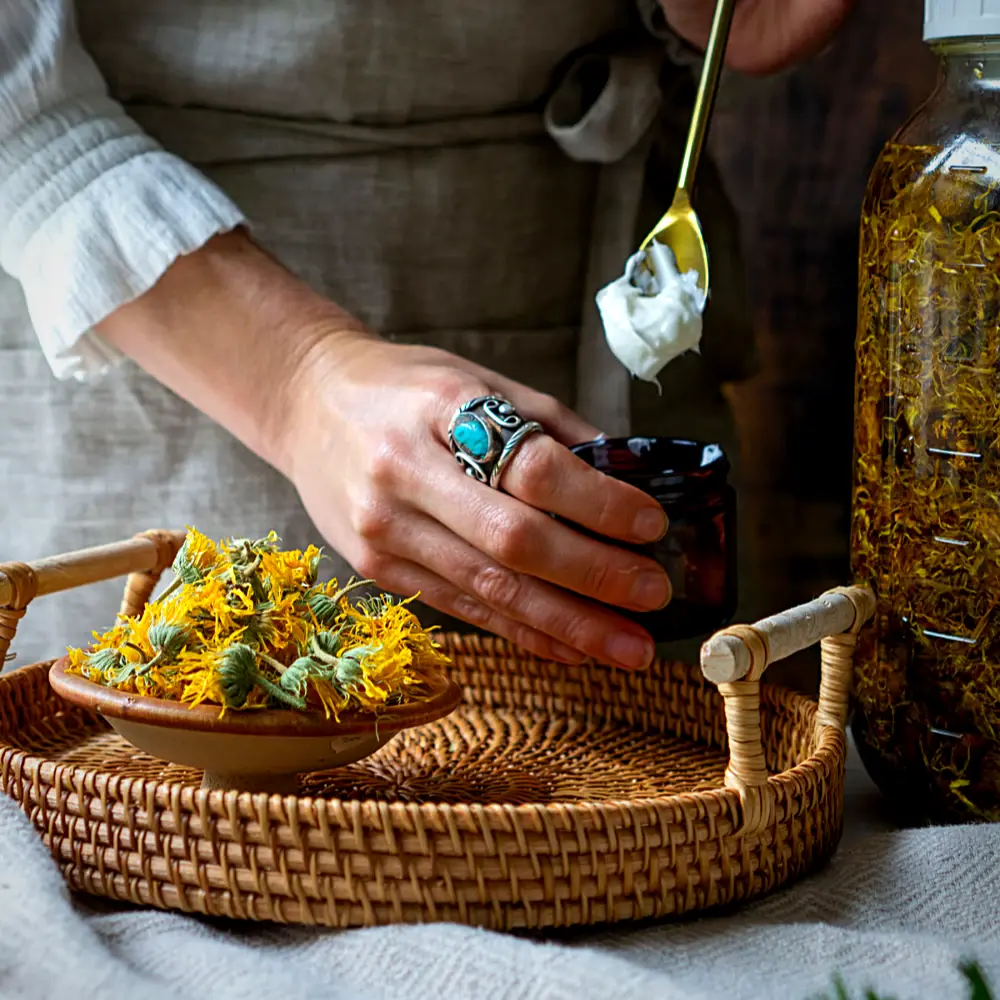Imagine finding a single berry that contains all five distinct flavors while at the same time offering an incredible range of benefits. Yes, this is the amazing Schisandra chinensis, often simply called Schisandra, Magnolia berry, or five-flavor fruit. It offers a unique taste experience while delivering both health and wellness benefits.
Schisandra is an adaptogenic berry that continues to enhance contemporary wellness routines with its unique properties and extensive therapeutic potential. Continually, this ancient botanical gem tells its secrets to modern science, which makes it an increasingly popular choice for natural health support.
So, What Is Schisandra?
Schisandra chinensis is one of nature's most fascinating botanical marvels; how easy is it to find all five flavors in one fruit? This deciduous woody vine belongs to the Schisandraceae family and produces clusters of bright red berries, hence the nickname ‘Magnolia berry’.
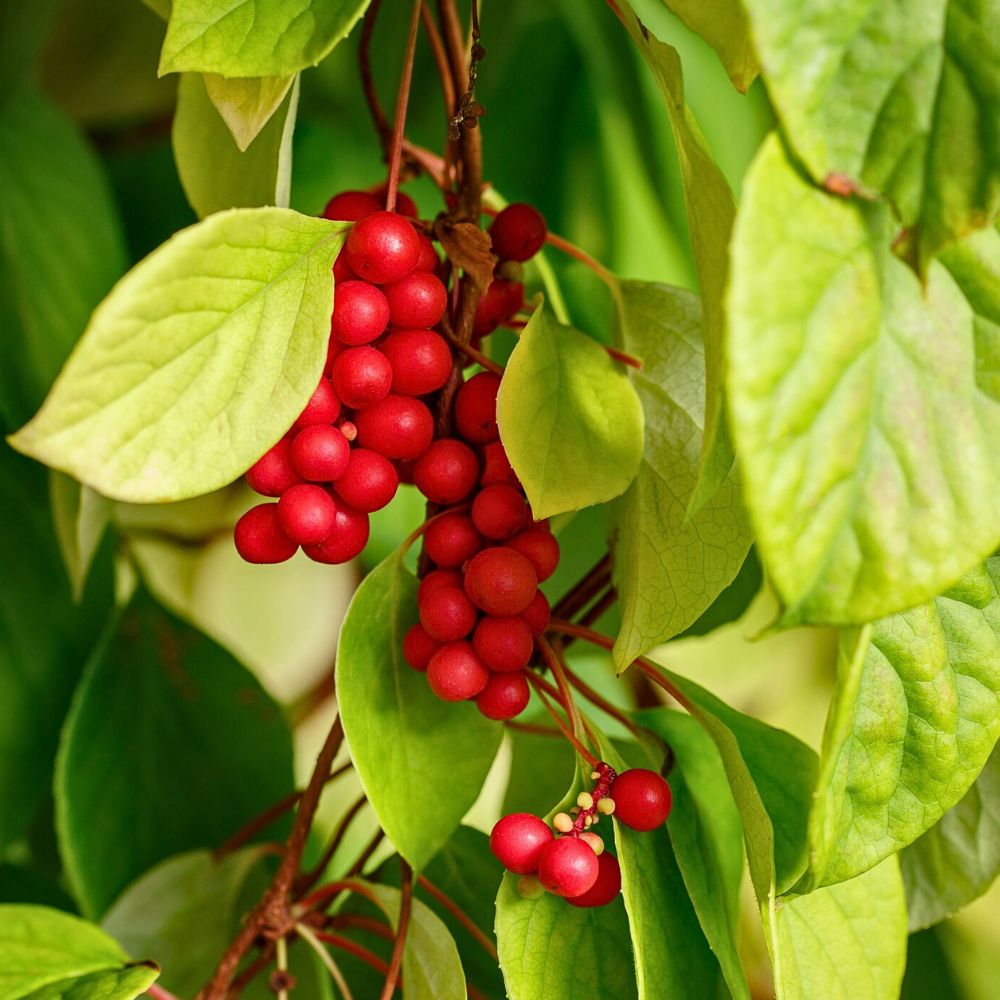
The Schisandra plant naturally thrives in the forests of northern China, Russia, the Far East, Korea, and parts of Japan, where it climbs through trees reaching heights of up to 30 feet. The scientific name Schisandra chinensis reflects its primary species, though several varieties exist within the Schisandra family. These perennial vines often create beautiful displays when their berries ripen to a vibrant crimson color during late summer and early autumn.
One of its most unique characteristics is that it embodies all five basic essences simultaneously: sweet, sour, salty, bitter, and pungent tastes all within a single berry. This flavor profile has led to its Chinese name ‘wu wei zi,’ literally translating to ‘five-flavor fruit’. Russian hunters have consumed Schisandra berries for centuries as an energizing tea to fight fatigue during long expeditions.
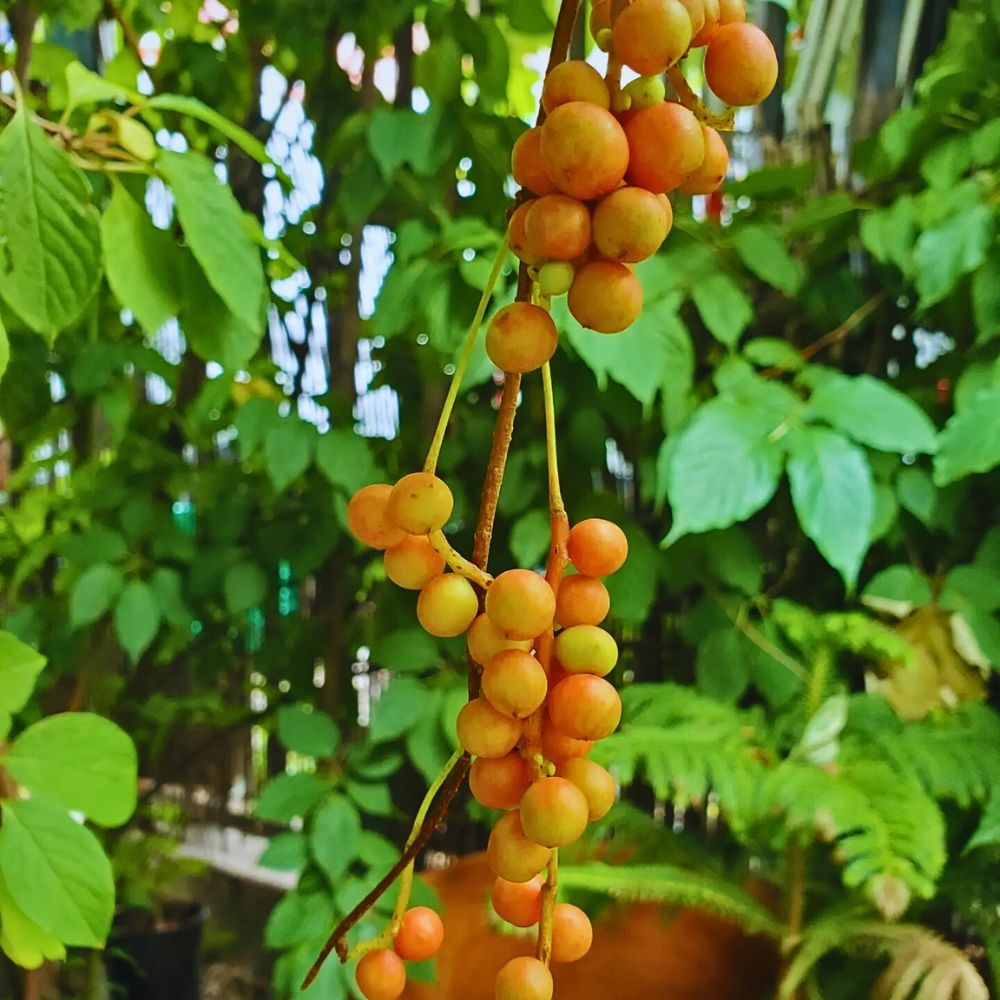
As a dioecious species, the botanical profile of Schisandra is that of a tough climbing vine that requires both male and female plants for fruit production. The plant first produces small, cup-shaped, cream to pale pink flowers in late spring, which develop into the characteristic red berry clusters by late summer.
And What Is the Schisandra Fruit?
Explaining what the Schisandra fruit truly is tells of a specimen with extraordinary nutritional density. Schisandra’s small, round berries are approximately a centimeter in diameter, clustered in grape-like bunches that can reach up to 10 centimeters in length. Each berry contains 1-2 kidney-shaped seeds surrounded by a smooth, shiny red pericarp that gives the clusters their distinctive appearance.
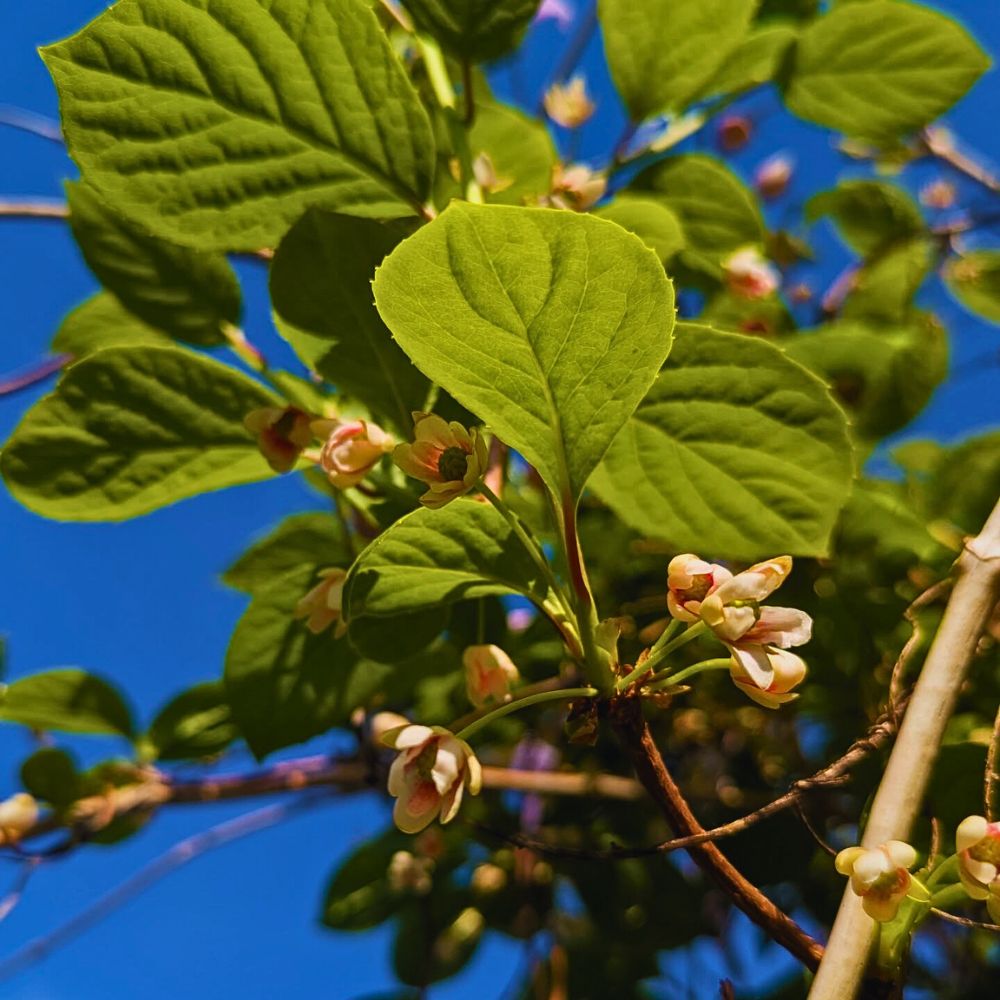
The nutritional profile of Schisandra fruits explains why they have maintained a reputation as a superior medicinal food. They contain an impressive range of bioactive compounds, including dibenzocyclooctadiene lignans like schisandrin, schisandrin B, and gomisin A, which are the primary therapeutic compounds responsible for many of the health benefits associated with their consumption.
Schisandra berries also provide valuable vitamins and minerals, including vitamin C, vitamin E, and various organic acids like citric acid, malic acid, and tartaric acid. These compounds contribute both to the complex flavor profile and the antioxidant properties of the fruit. The berries, further, contain polysaccharides, essential oils, and numerous phenolic compounds that work synergistically to provide the wide-ranging health benefits.
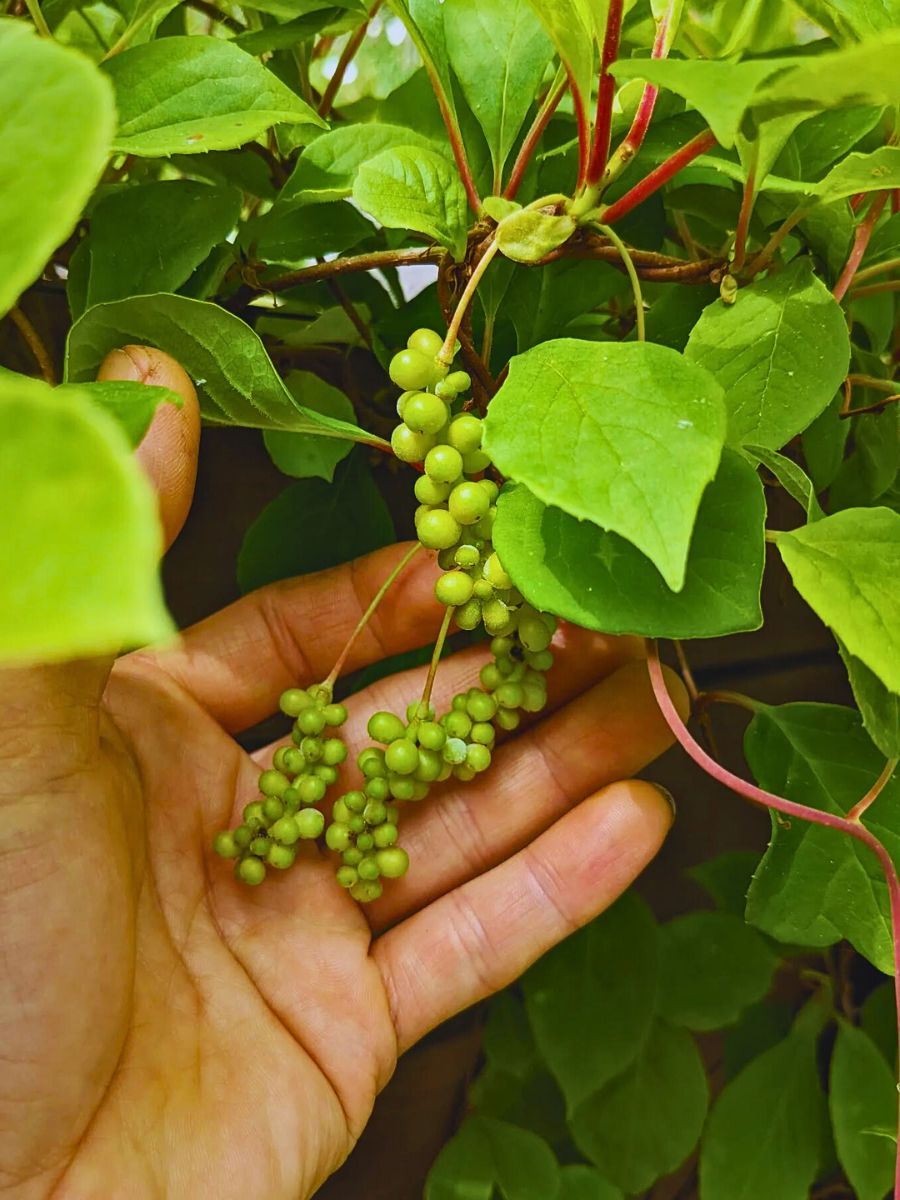
Furthermore, the unique chemical composition of the Schisandra fruit includes over 40 different lignans, making it one of the richest natural sources of these beneficial compounds. This extraordinary concentration of bioactive substances explains why relatively small amounts of Schisandra can provide such significant therapeutic effects and why the fruit maintains its status as a premier adaptogenic medicine.
What Does the Schisandra Berry Taste Like?
In essence, Schisandra berries offer the ultimate five-flavor experience. So, understanding what the Schisandra berry tastes like requires appreciating its unique position as, perhaps, the only one containing all five basic flavors. When you first bite into a Schisandra fruit, you experience an initial intense sourness that immediately stimulates the salivary glands. This strongly sour note often dominates the initial tasting experience, leading many people to describe fresh Schisandra berries as extremely tart and astringent.
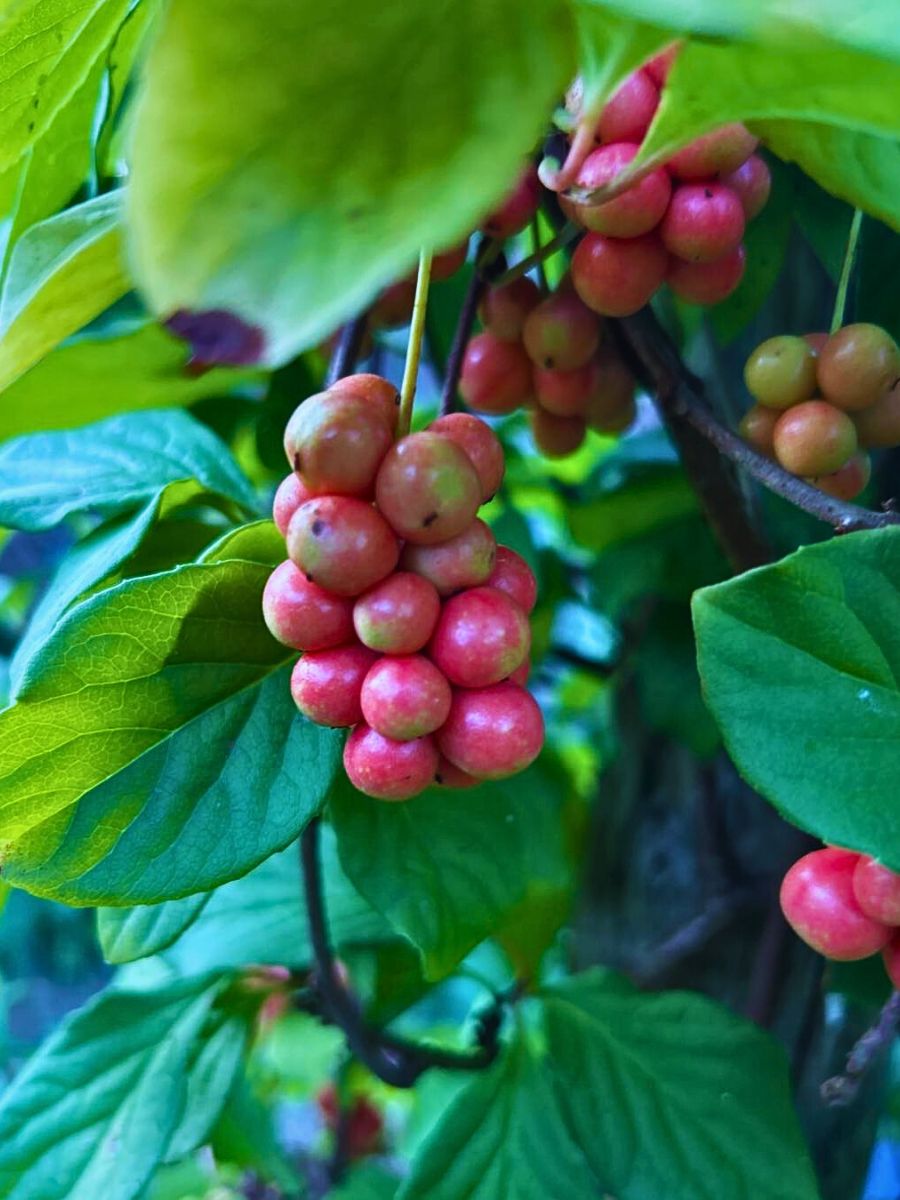
However, the complex flavor profile further reveals itself as you continue tasting. After the prominent sour flavor, you can detect subtle sweet notes, a slight saltiness, bitter undertones, and a pungent, almost peppery quality. This unexpected combination explains the origins of its ‘five-flavor fruit’ designation and why it is considered so valuable in traditional Chinese medicine (TCM).
The intensity of what the Schisandra berry tastes like often surprises first-time tasters. Many describe the experience as overwhelming, with the sour component being particularly pronounced. Some compare the taste to a combination of dried cranberries with the sourness of the famous Warhead candy, plus additional complex flavor notes. The dried berries, which are most commonly used in supplements and teas, tend to have a more concentrated flavor profile while maintaining all five taste elements.
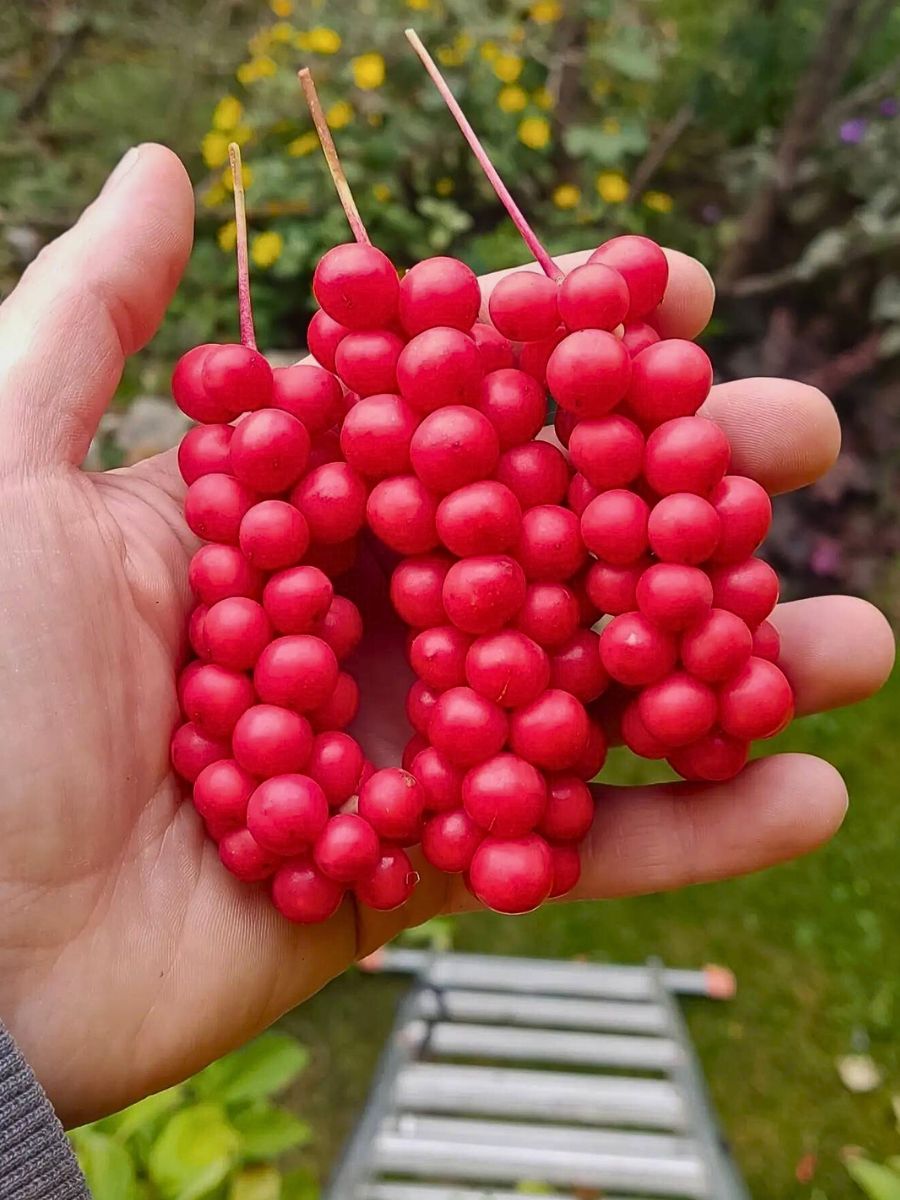
Interestingly, TCM suggests that whichever flavor you taste most prominently in the Schisandra berry indicates which organ system most needs support in your body. This idea makes the tasting experience all the more fascinating: both a sensory exploration and a potential diagnostic tool according to ancient traditional knowledge
What Is Schisandra Good For?
What is Schisandra good for? One may wonder. Well, this plant offers many therapeutic applications that have made it key in traditional medicine. Schisandra benefits cover varied body systems, making it recognized as one of the most versatile adaptogenic herbs available. The extensive Schisandra berry benefits, therefore, make this fruit quite a powerhouse in natural health.
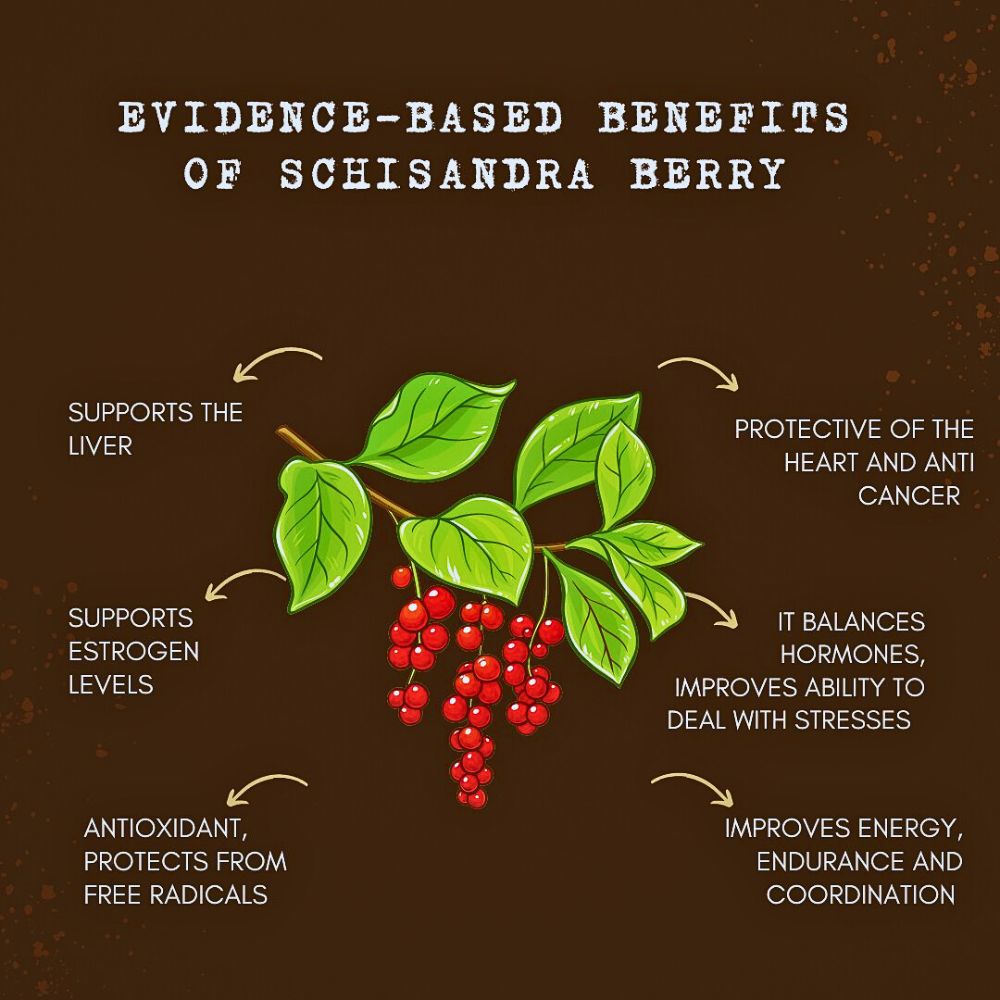
The primary Schisandra benefits revolve around its exceptional ability to support liver function and enhance the body's resistance to stress. One of the most well-researched Schisandra berry benefits involves its impact on liver health. The berries’ dibenzocyclooctadiene lignans, particularly schizandrin B and gomisin A, show significant hepatoprotective properties. These compounds help reduce liver inflammation, protect against toxic damage, and support the regeneration of liver cells.
Research also shows that Schisandra berries improve liver enzyme levels, protect against oxidative damage, and support the body's natural detoxification processes. The liver-protective properties of Schisandra have been so significant that Chinese researchers developed a pharmaceutical drug called DBD from the Schisandra berry compound, schizandrin.
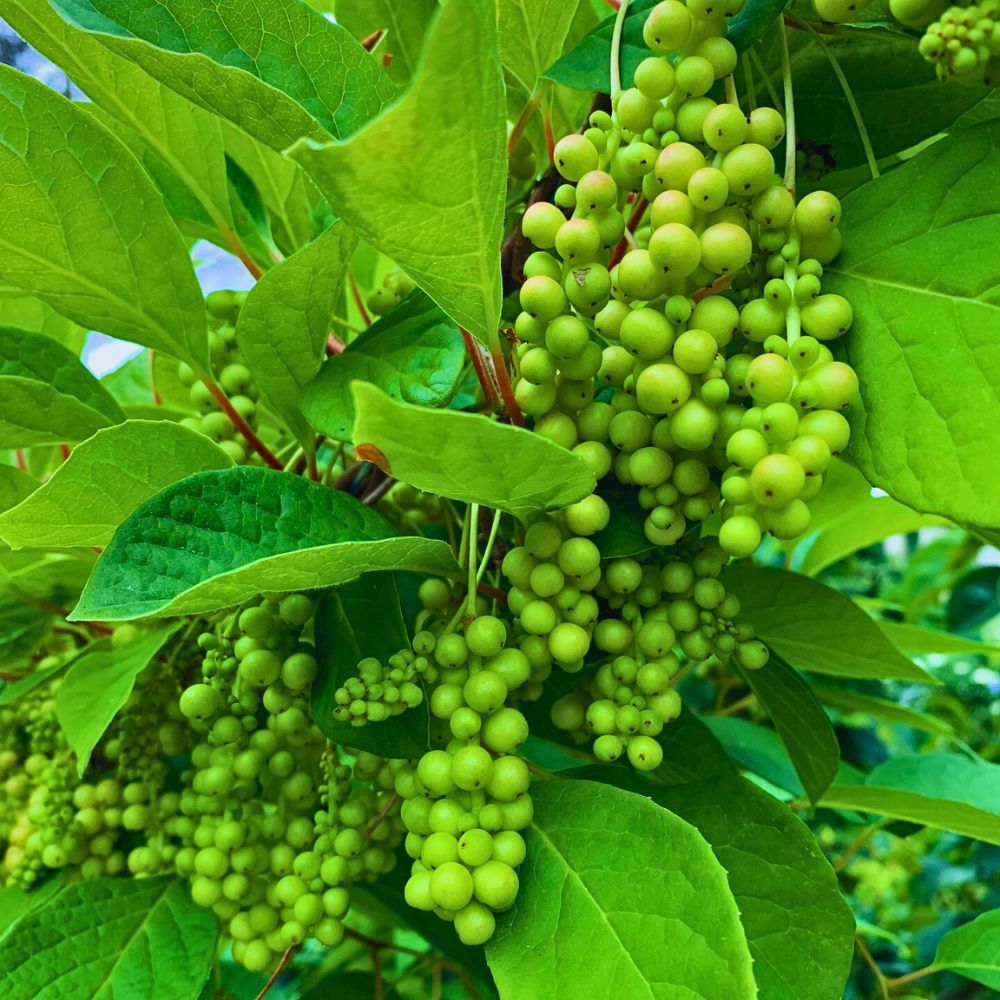
Schisandra berries' benefits also extend to skin health and anti-aging support. The antioxidant compounds in them, including vitamins C and E along with protective lignans, help neutralize free radicals that contribute to premature aging. TCM values it as a ‘beauty berry’ for its ability to promote clear, radiant skin from within.
Mental performance is another key area where Schisandra benefits shine. Studies indicate that Schisandra berries improve concentration, enhance memory function, and boost cognitive clarity. The lignans they contain may help protect against neurodegenerative conditions and support overall brain health. Additionally, the benefits of Schisandra cover cardiovascular health, where it helps improve circulation and supports heart function.
For women's health specifically, the plant’s berries' benefits include hormonal support and menopausal symptom relief. Research indicates that Schisandra berry supplementation may help reduce hot flashes, improve mood stability, and support overall hormonal balance during menopause.
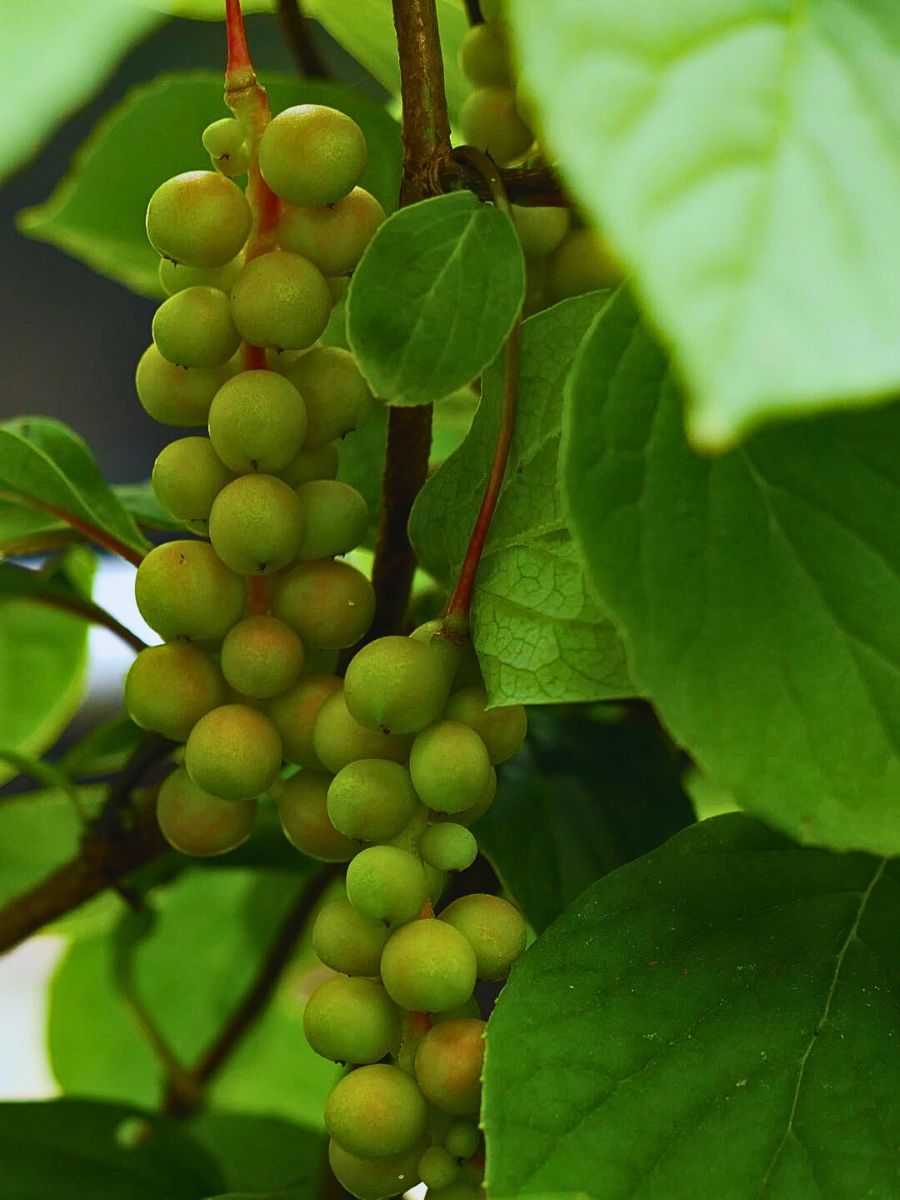
The adaptogenic properties of Schisandra make it particularly valuable for managing stress, fatigue, and stress-related hormonal imbalances. Here, the Schisandra berry benefits include helping the body adapt to physical, emotional, and environmental stressors while promoting sustained energy levels. Traditional uses also suggest that Schisandra offers benefits for respiratory health, with the berries traditionally used to address chronic coughs and breathing difficulties.
The immune-supporting Schisandra berry benefits have also gained attention in modern research. The berries help modulate immune function, reduce inflammation, and provide antioxidant protection that supports overall immune health. Studies suggest that regular consumption of the Schisandra berry extract may help improve the body's resistance to infections and environmental toxins.
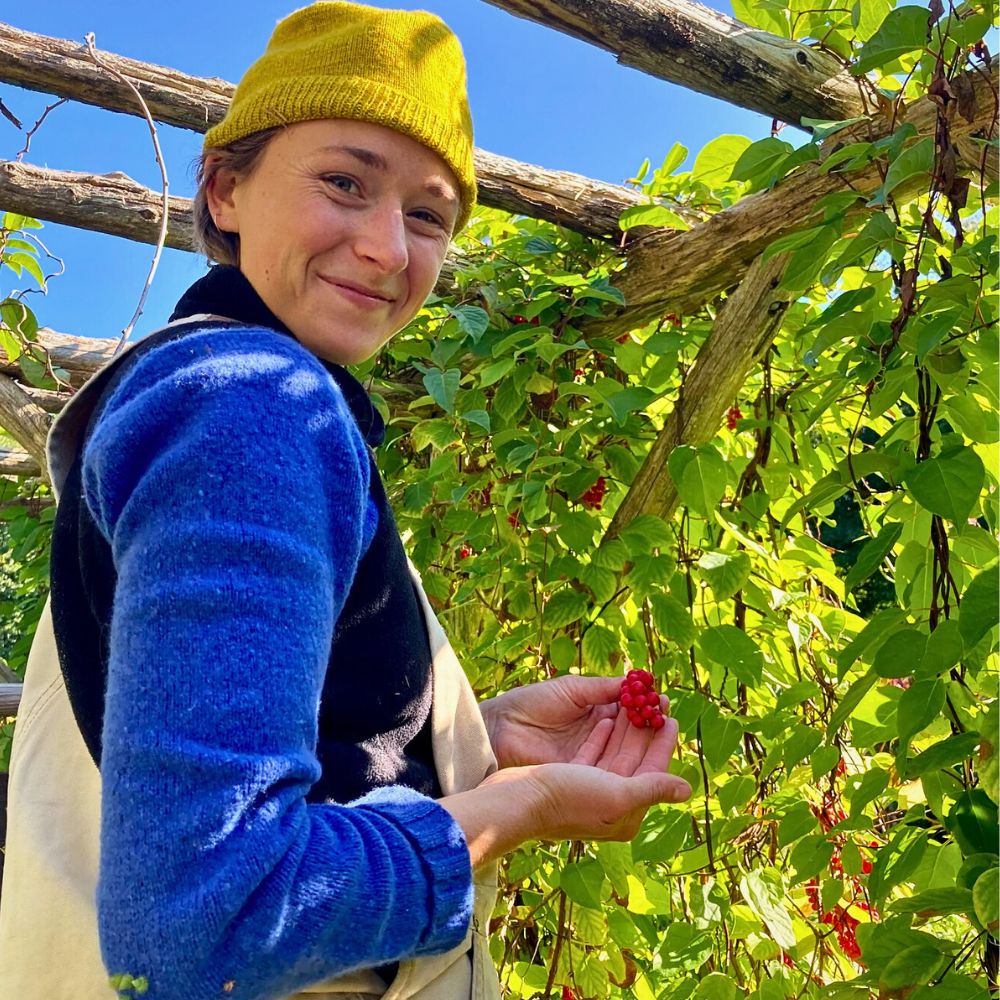
Schisandra Herb for Traditional Medicine Applications
Schisandra herb in traditional medicine systems has more than 2,000 years of documented therapeutic use. TCM classifies Schisandra herb as a superior medicine, meaning it can be taken regularly without adverse effects while providing health benefits. The herb also belongs to the category: ‘Herbs that Stabilize and Bind,’ which comprises plants used to treat conditions involving abnormal discharge of bodily substances.
The traditional applications of the Schisandra herb cover treatment for respiratory conditions, digestive disorders, and nervous system imbalances. Ancient practitioners prescribed the Schisandra herb for chronic cough, excessive sweating, frequent urination, and sleep disturbances. In TCM, the herb's ability to ‘astringe the jing’ indicates its capacity to prevent excessive loss of vital fluids and energy from the body.

Russian traditional medicine also embraced the Schisandra herb, particularly valuing its ability to reduce hunger, fight fatigue, and enhance mental clarity during long hunting expeditions. Soviet researchers in the 1960s officially recognized it as an adaptogenic, leading to its inclusion in the USSR's official medical handbook. This credit helped link traditional knowledge and modern scientific understanding of the herb's mechanisms of action.
The preparation methods for Schisandra herb in traditional medicine vary from simple teas and decoctions to compound multi-herb formulas. Traditional practitioners often dry-fry the berries until slightly scorched to enhance their therapeutic properties, or steam and sun-dry them for different applications. Some traditional preparations involve macerating the berries in honey and rice wine to create tonic preparations that could be stored for extended periods.
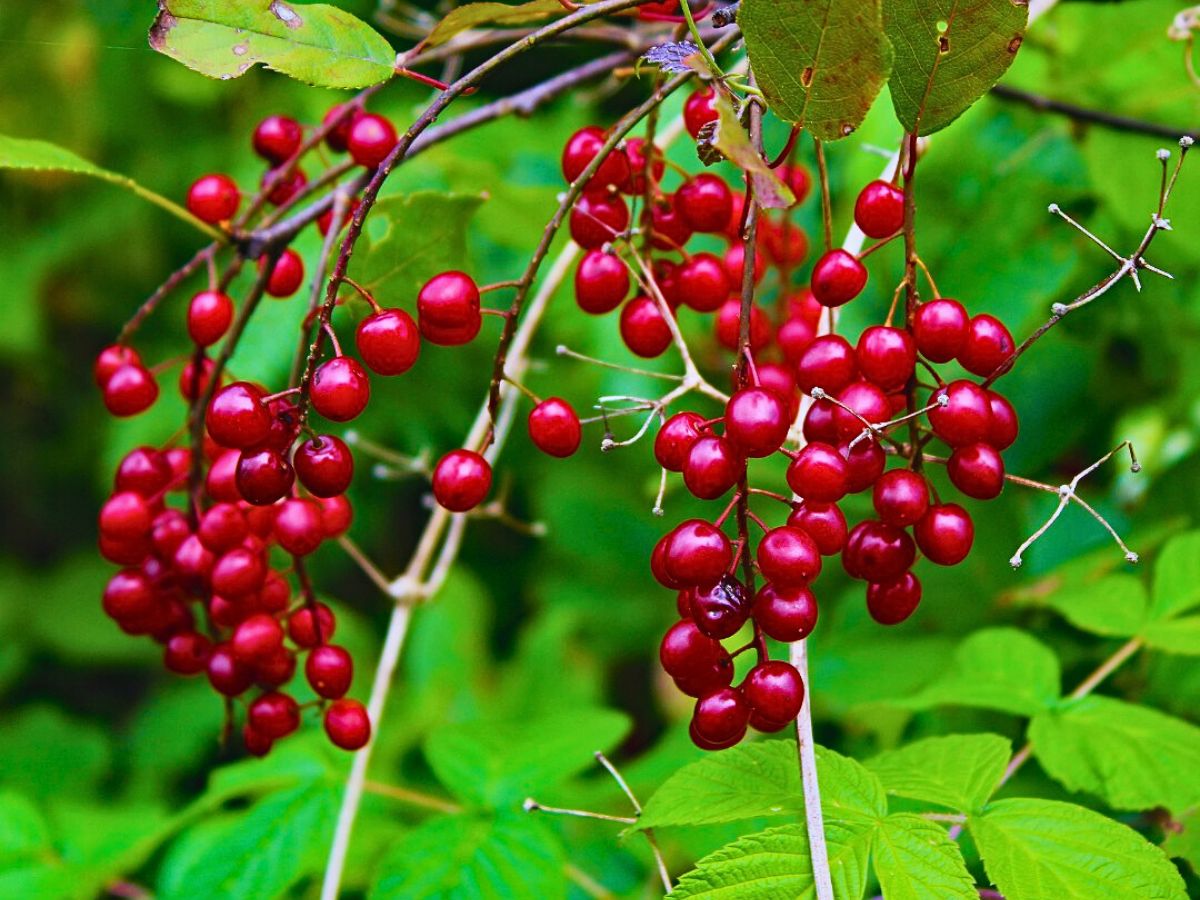
Schisandra Supplements in Modern Forms and Applications
In recent years, the evolution of Schisandra supplements has made this traditional remedy more accessible to modern wellness aficionados while maintaining the therapeutic integrity of the original herb. Contemporary Schisandra supplements come in various forms, including standardized extracts, whole berry powders, capsules, tinctures, and liquid extracts. Each form offers different advantages depending on the intended use and individual preferences.
Standardized Schisandra supplements typically concentrate the active lignans to specific percentages, ensuring consistent potency across doses. These supplements often contain 2-9% schizandrins, providing reliable therapeutic effects for liver support, stress management, and cognitive enhancement. Whole berry powder supplements preserve the complete range of compounds found in the original fruit while offering convenience for daily use.
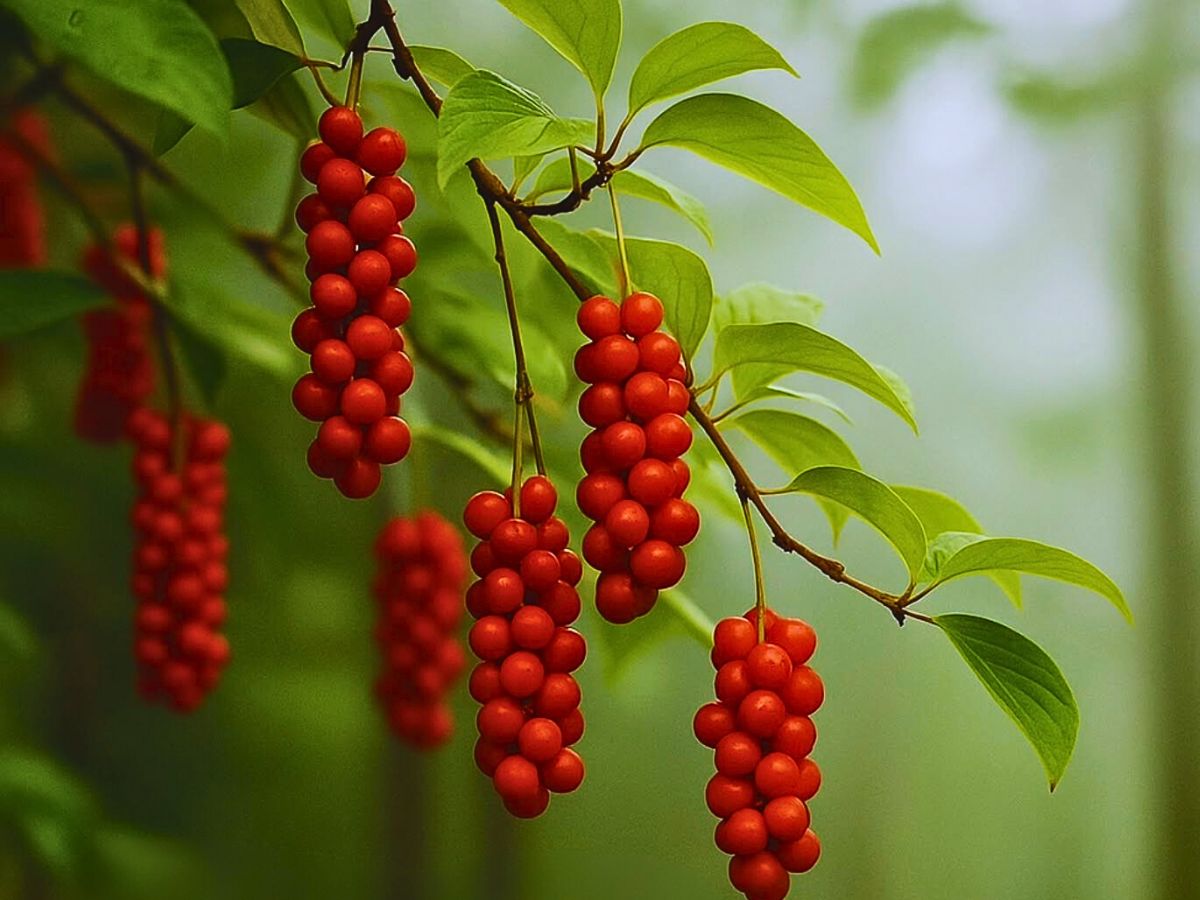
Liquid Schisandra supplements, including alcohol-free tinctures and glycerin-based extracts, offer easy absorption and dose adjustment. These forms are particularly popular for their convenience and the ability to add them to beverages or take them sublingually for faster effects. Quality considerations for Schisandra supplements include sourcing from reputable suppliers, third-party testing for purity, and organic certification when possible.
Essentially, the best Schisandra supplements maintain the full spectrum of bioactive compounds while providing standardized potency. Some premium formulations combine Schisandra with other complementary adaptogens to enhance its therapeutic effects.
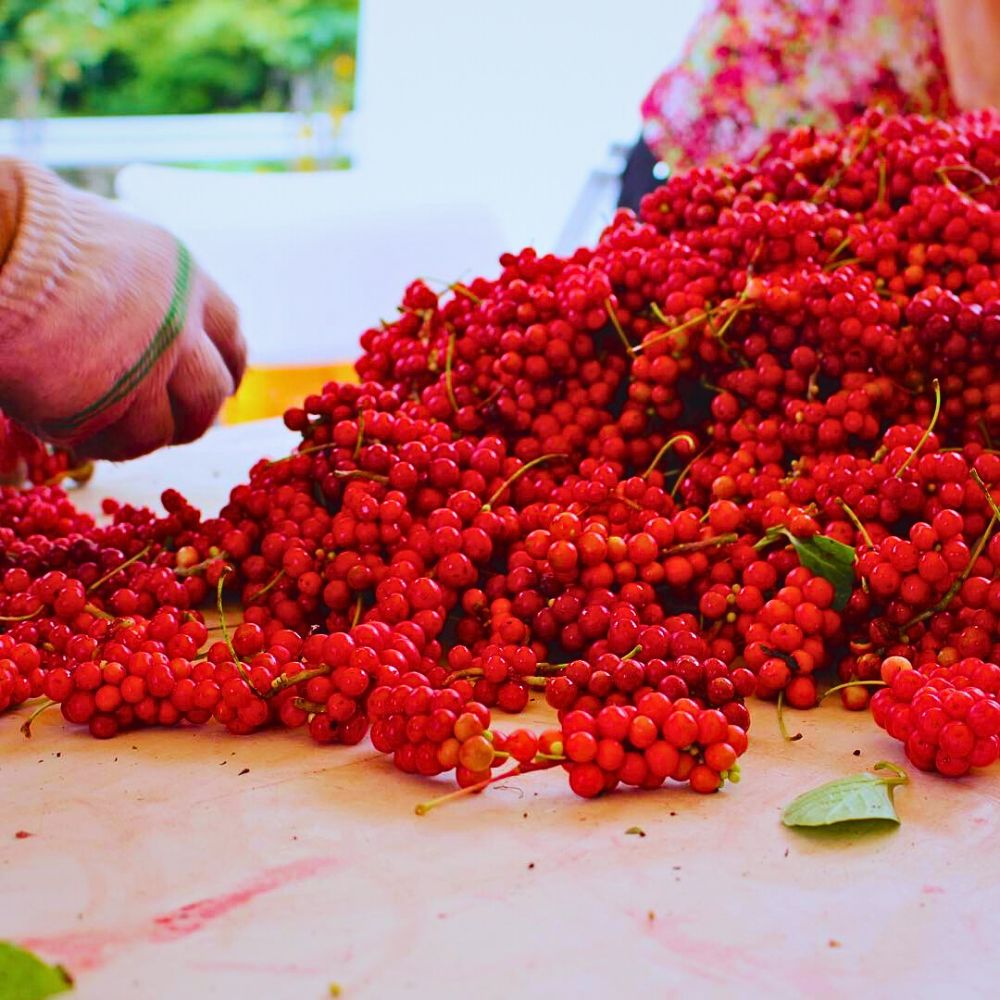
What Are Schisandra’s Side Effects, Safety Considerations, and Precautions?
While this plant shows an excellent safety profile when used appropriately, understanding its potential side effects ensures its safe and effective use. The most commonly reported Schisandra side effects include mild digestive discomfort, like heartburn, upset stomach, and decreased appetite. These effects typically occur when starting supplementation or when taking higher than recommended doses.
Some individuals may experience side effects related to Schisandra’s stimulating properties, including headaches, sleep disturbances, or feeling overly energized. These effects often resolve as the body adjusts to the herb or by reducing the dosage and taking it earlier in the day. Skin reactions, including itching or rash, are rare but also possible Schisandra side effects that warrant discontinuation.
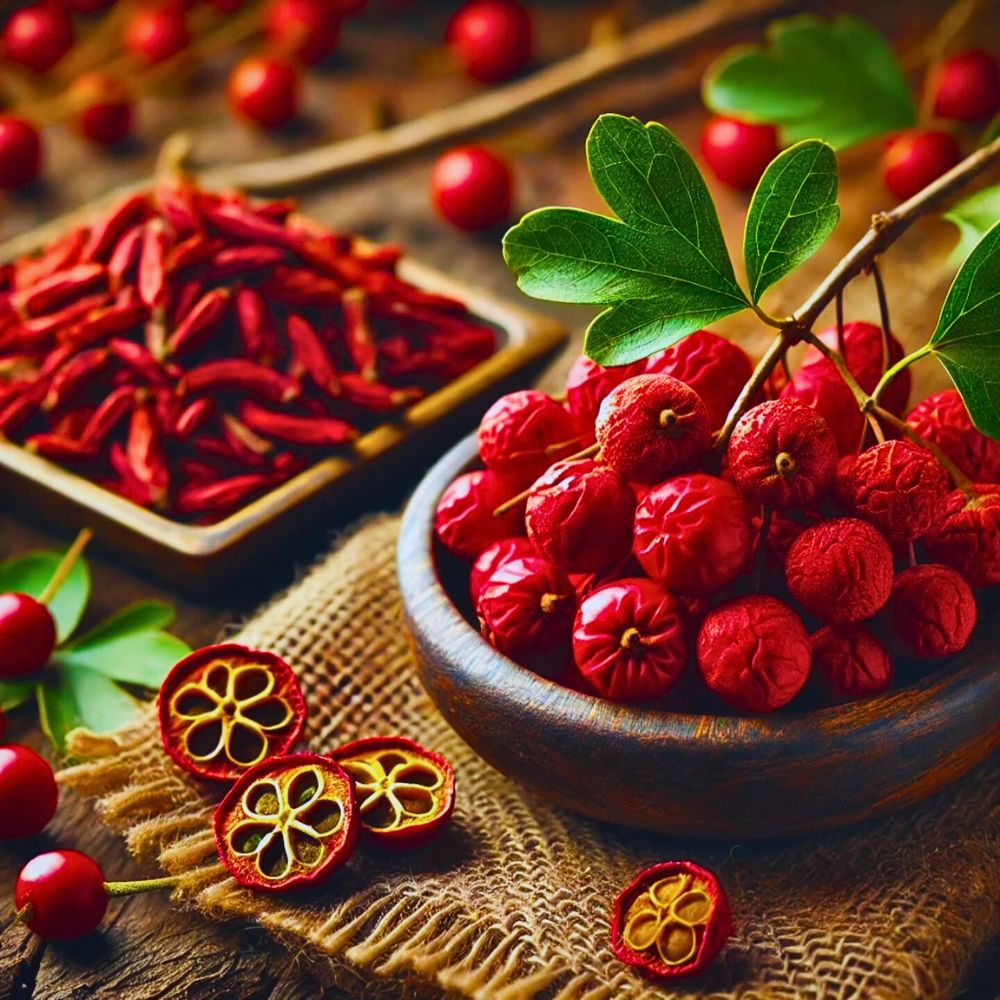
Some specific individuals should also exercise particular caution with Schisandra supplements due to potential complications. Pregnant and breastfeeding women should avoid Schisandra due to limited safety data and the herb's potential to stimulate uterine contractions. Individuals with epilepsy or seizure disorders should not use Schisandra, as its nervous system-stimulating effects could potentially trigger seizures.
Also, drug interactions are important Schisandra side effects to consider, particularly for medications metabolized by liver enzymes. Schisandra can affect how quickly the liver processes certain medications, potentially altering their effectiveness or increasing side effects. Individuals taking blood thinners, immunosuppressive medications, or liver-processed drugs need to consult healthcare professionals before using Schisandra supplements.

Growing Conditions and Cultivation of Schisandra
Knowing and understanding the growing conditions that produce high-quality Schisandra berries helps appreciate why this fruit develops such concentrated therapeutic properties. Schisandra thrives in cool, temperate climates and is really hardy. It survives quite low temperatures in USDA zones 4-7. The plant prefers partial shade to full sun conditions, though in hotter climates, some protection from intense afternoon sun proves beneficial.
Its ideal growing conditions include well-draining, slightly acidic soil with a pH between 5.5-7.5, and while the plant requires consistent moisture, it hardly tolerates waterlogged conditions, making proper drainage essential for its healthy growth. Rich, humus-laden soil similar to forest floor conditions provides the optimal growing environment, which explains why Schisandra naturally flourishes in wooded areas.
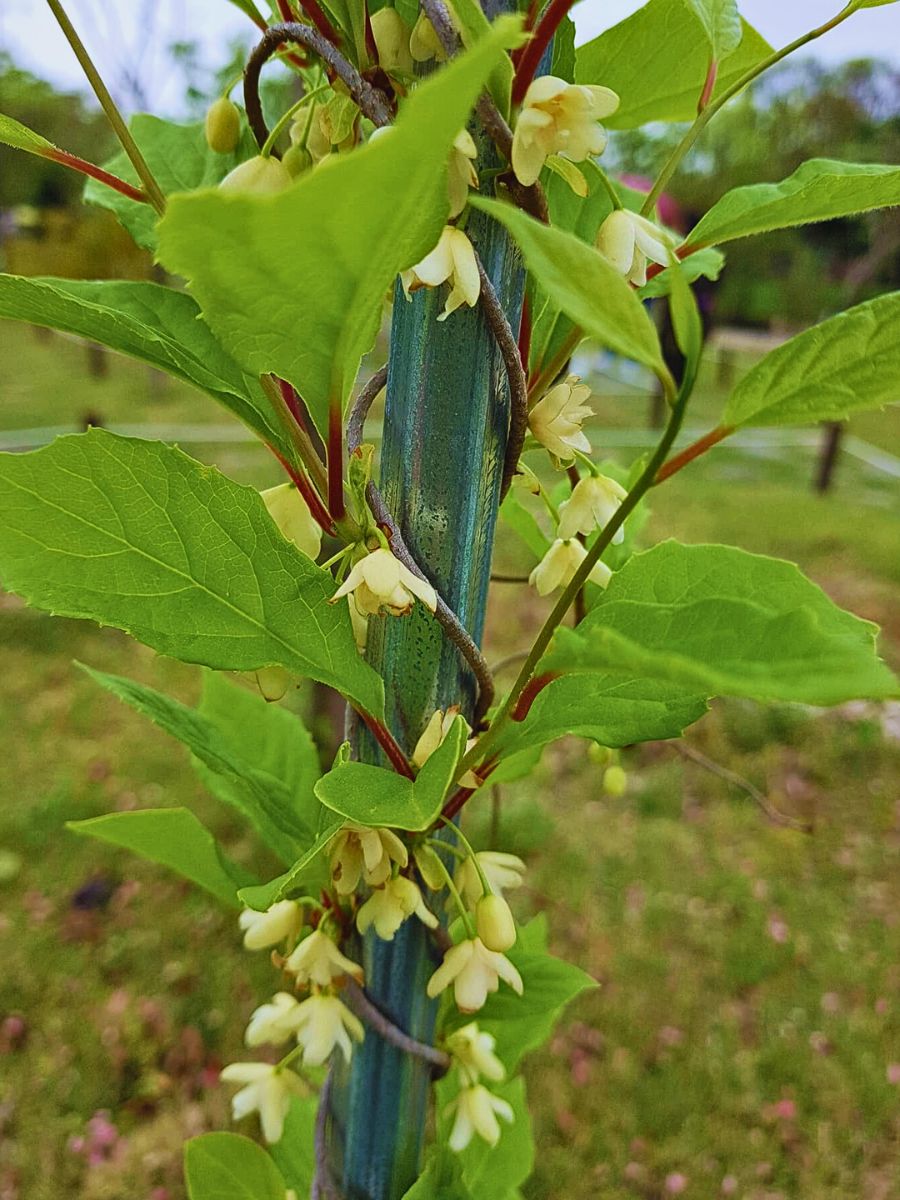
Schisandra also requires sturdy support structures, as the mature vines can become quite heavy with their climbing habit. Being dioecious, meaning both male and female plants must be present for fruit production, one male plant can, typically, pollinate several female ones, with bees being the primary pollinators.
Commercial cultivation of Schisandra occurs primarily in northeastern China and Korea, where the climate and soil conditions perfectly match its native requirements. Here, the berries are typically harvested in late summer when they reach their characteristic deep red color and optimal concentration of active compounds. Proper timing of harvest is also crucial, as berries picked too early lack the full range of beneficial compounds that make Schisandra so therapeutically valuable.
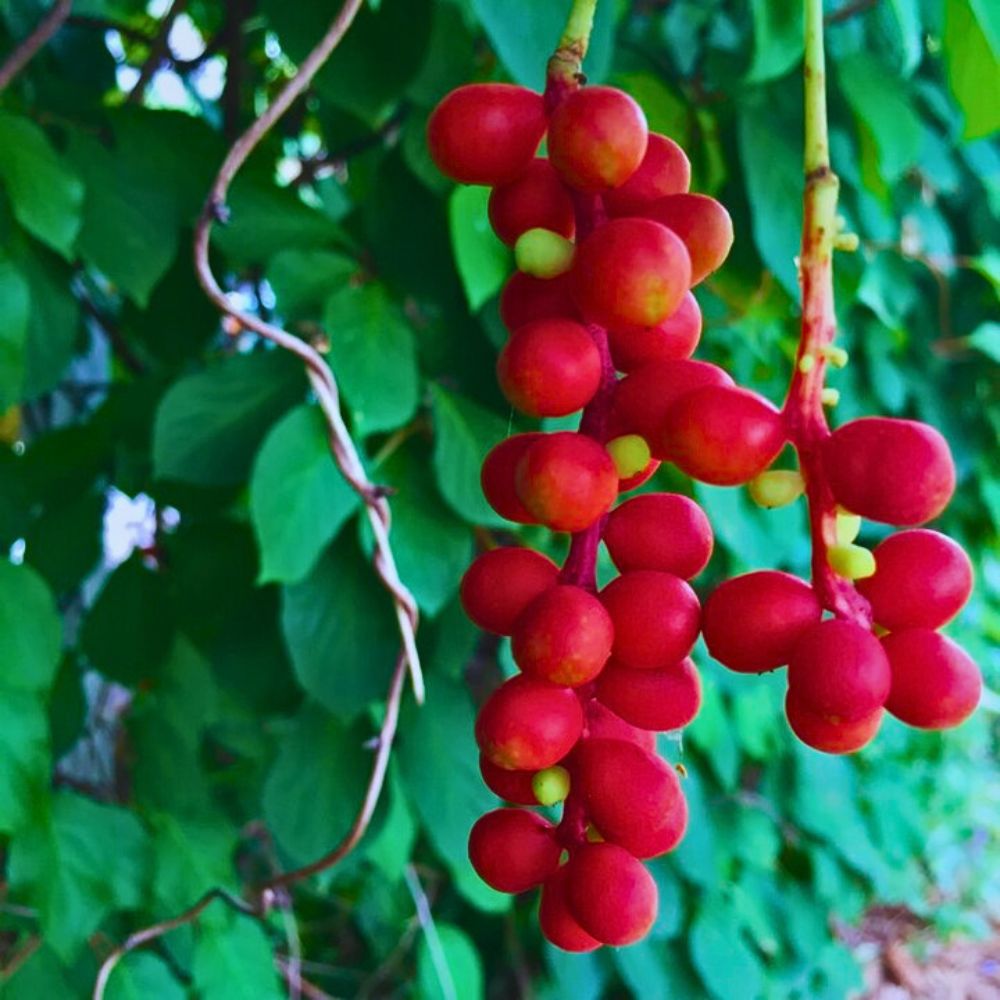
Maximizing the Therapeutic Benefits of Schisandra Berries
The Schisandra berries’ benefits are best realized through consistent, appropriate usage as part of a comprehensive wellness approach. Unlike quick-fix solutions, Schisandra typically requires regular consumption over time to demonstrate its full potential. Quality sourcing plays a crucial role in maximizing Schisandra berries' benefits. Wild-harvested berries from their native regions often contain higher concentrations of active compounds compared to cultivated varieties, though sustainable harvesting practices must be considered.
The timing of consumption can influence how well the body utilizes Schisandra's compounds. While many traditional practitioners recommend taking Schisandra preparations on an empty stomach or between meals to optimize absorption, individuals with sensitive stomachs may prefer taking it with food.
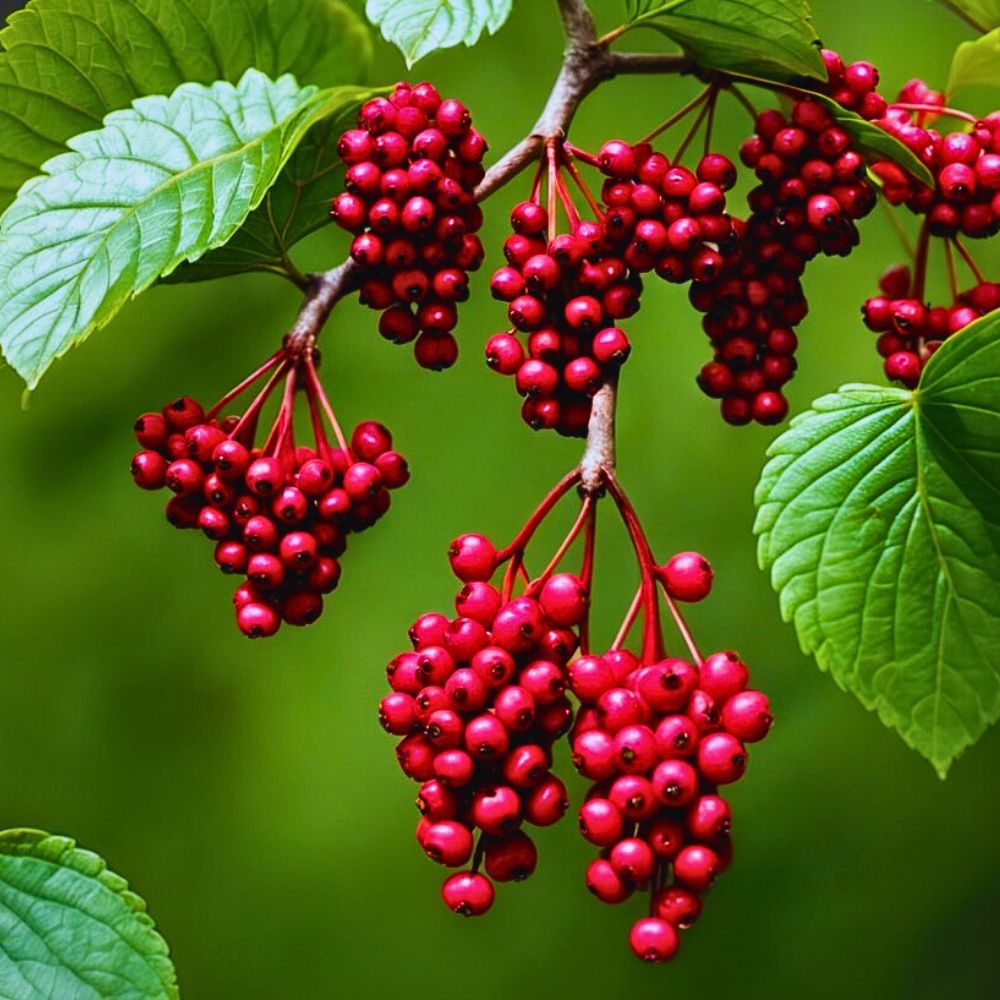
Combining Schisandra with complementary lifestyle practices enhances its potential benefits. Regular exercise, adequate sleep, stress management, and a balanced diet create an environment where its adaptogenic properties work most effectively. Importantly, using Schisandra often requires patience and consistency. While some people notice effects relatively quickly, others may need several weeks or months of regular use to experience the full range of the benefits of this plant.
Feature image by @empoweredhealthandwellbeing. Header image by @avena_botanicals.

